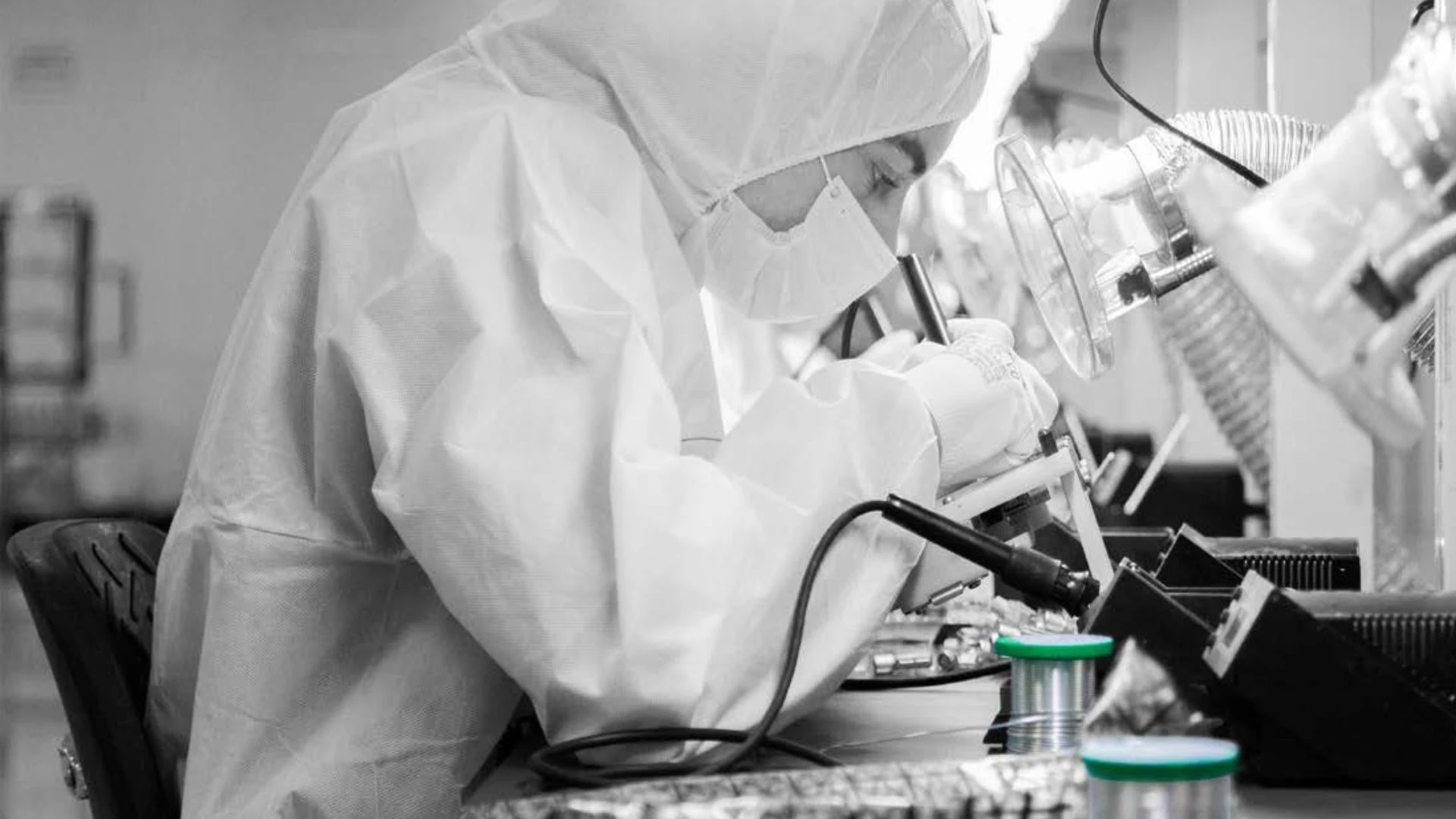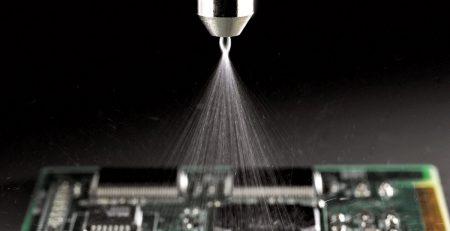How ambient temperature affects electronic soldering
In electronic soldering, there are many details to consider: from choosing the soldering iron and type of solder to cleaning the surfaces. However, there is one factor that is often underestimated: room temperature.
Whether during the hottest months, in cold winter workshops, or in spaces exposed to drafts, the environment can make the difference between obtaining a solid, reliable electrical connection or a weak, faulty connection.
Next, we analyze three common situations and how to deal with them to ensure optimal results.
When it’s hot: quick welds but with risk
When the ambient temperature exceeds 30°C, the soldering process accelerates, but that is not always a good thing in electronics:
- Too rapid melting: tin melts in seconds, making it difficult to control and increasing the risk of solder bridges or short circuits.
- Flux evaporation: the flux is consumed before the solder adheres properly, resulting in porous or oxidized joints.
- Overheating of components: sensitive boards and parts may be damaged by heat buildup.
Recommended solutions:
- Reduce the temperature of the soldering iron by 10°C to 20°C.
- Work in an air-conditioned area or in the shade.
- Opt for a more active flux (non-clean type) to compensate for rapid evaporation.
Like are our wires with flux content PW12 and PW15.
When it’s cold: slow and brittle welds
In environments below 15°C, soldering becomes more complex:
- Cold welds: the metal does not melt properly, resulting in grainy, poorly conductive joints.
- Cooling too quickly: Contact with cold components causes the material to solidify prematurely, reducing adhesion.
- Higher energy consumption: the soldering iron takes longer to reach operating temperature, shortening the life of the tip.
Recommended solutions:
- Preheat the components with a heat gun (50–60 °C).
- Increase the soldering iron temperature between 15°C and 30°C.
- Work in short intervals to avoid overloading the circuit.
Drafts: the invisible enemy
A simple airflow can significantly alter the accuracy of electronics:
- Thermal instability: the air cools the tip of the soldering iron, causing uneven soldering.
- Health risk: smoke displacement reduces the efficiency of extraction systems.
Recommended solutions:
- Isolate the workstation from windows or fans.
- Use a soldering iron with precise temperature control (PID technology).
- Choose flux with higher resistance, such as rosin-based flux.
Like are our wires with flux content PW12 and PW15.
The key: controlling the work environment
Whether in extreme heat, a freezing workshop, or in the presence of drafts, the quality of the solder joint depends largely on the environment. Adjusting the soldering iron temperature, preheating components, and ensuring a stable workspace are essential steps to prevent defects and extend the life of the equipment.
At Broquetas we offer a wide range of fluxes designed for different processes and alloys. From liquid solutions to paste or powder options, we offer alternatives that guarantee strong, clean, and durable soldering, always meeting the highest quality and safety standards.






